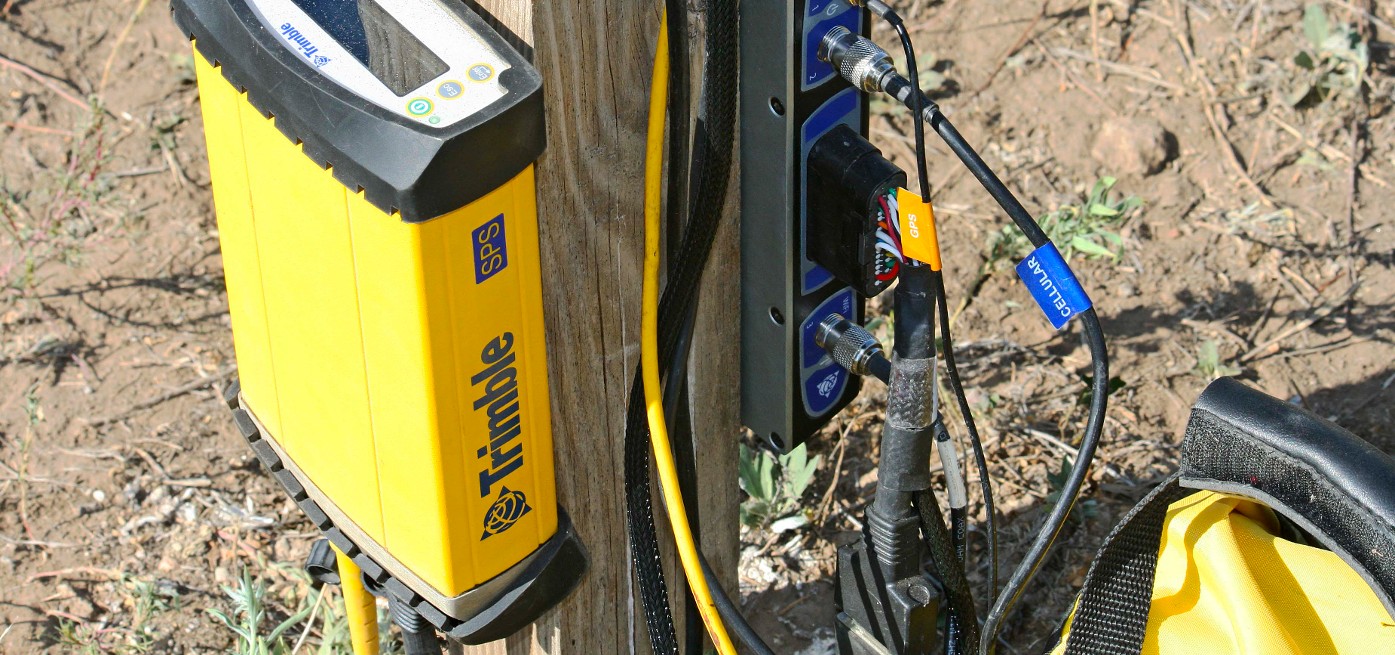
How to Block Drones with a Drone Jammer
In an age where the sky is dotted with drones, the importance of drone jammers has never been more significant. From commercial deliveries to personal

As the scorching summer approaches, the annual middle and high school entrance exams in China are just around the corner. To ensure the quality of these exams, many schools have already started preparing and arranging the examination venues. One crucial task in setting up these venues is the installation of full band signal blockers to shield mobile phone signals. However, these devices tend to generate heat during operation, which can potentially affect their performance. This article explores the significance of heat dissipation in full band signal blockers and its impact on maintaining stable signal blocking during exams.
The Importance of Heat Dissipation:
Full band signal blockers are essential tools for maintaining a controlled exam environment by blocking mobile phone signals. However, prolonged usage of these devices can lead to heat accumulation, resulting in frequency deviation. This deviation causes intermittent signal blocking, where certain phones may not be effectively shielded after a period of operation. Therefore, it is crucial to consider the heat dissipation capability of full band signal blockers during their installation and usage.
Differences in Heat Dissipation Capability:
Different brands of signal blockers may vary in their heat dissipation capabilities. In the past, older models relied solely on natural temperature reduction to dissipate heat. However, most modern signal blockers now incorporate heat dissipation holes and fans to expedite the cooling process. It is important to note that the noise levels generated by these fans may differ depending on the components used by different manufacturers.
Advanced Heat Dissipation Technology:
To address the heat dissipation challenge, professional full band signal blockers employ a specialized circulating air duct structure. This structure allows for rapid heat transfer to the heat dissipation base, preventing localized heat accumulation. Equipped with four fans, the heat dissipation base efficiently blows the heat upwards and expels it through the side fans. This advanced heat dissipation technology not only ensures a quiet operation but also guarantees stable output across all frequency bands, making it ideal for creating a peaceful exam environment.
Conclusion:
In preparation for the upcoming middle and high school entrance exams, the installation of full band signal blockers is crucial to maintain a fair and controlled exam environment. However, the heat generated during their operation can impact their performance, leading to frequency deviation and intermittent signal blocking. Therefore, it is essential to consider the heat dissipation capability of these devices. Modern signal blockers employ advanced heat dissipation technology, such as circulating air duct structures and multiple fans, to efficiently dissipate heat and ensure stable output. By providing a quiet exam environment, these signal blockers contribute to a fair and distraction-free testing experience for students.
Our frequency checker tool will help you check all frequency bands used in all country.

In an age where the sky is dotted with drones, the importance of drone jammers has never been more significant. From commercial deliveries to personal

Protect your vehicle’s location privacy with a professional guide on GPS jammers. From selection to legal considerations and installation tips, we’ve got you covered. Key

Here’s a step by step guide on how to build your own GPS jammer. Below are the main steps we are going to introduce in

Understanding Signal Blocker: How It Works and Its Applications Signal Blockers are devices that can disrupt mobile phone signals, preventing them from connecting to base

The Application and Benefits of High-Power Signal Jammers Enhancing Signal Blocking Efficiency in Various Environments In today’s technologically advanced world, the need for effective signal

Considerations for Purchasing Exam Room Signal Jammers Ensuring Effective Signal Jamming for Exam Integrity As the year approaches its end, many schools are preparing for

The Importance of Monitoring and Signal Interference Measures During Examinations During examination periods, it is crucial to closely monitor the examination venues and their surrounding

Selecting the Appropriate Cell Phone Jammer for Theaters and Auditoriums Overcoming Challenges in Installation and Maximizing Signal Disruption The Importance of Cell Phone Jamming in

Remote Control of Cell Phone Jammers via Smartphone: A Possibility? With the rapid development of the Internet of Things (IoT), numerous smart home devices have

Supplying high quality signal jamming devices since 2010. The only jammer store you can trust.
Jammer Master © 2024. Premium Signal Jammer Supplier Since 2010.